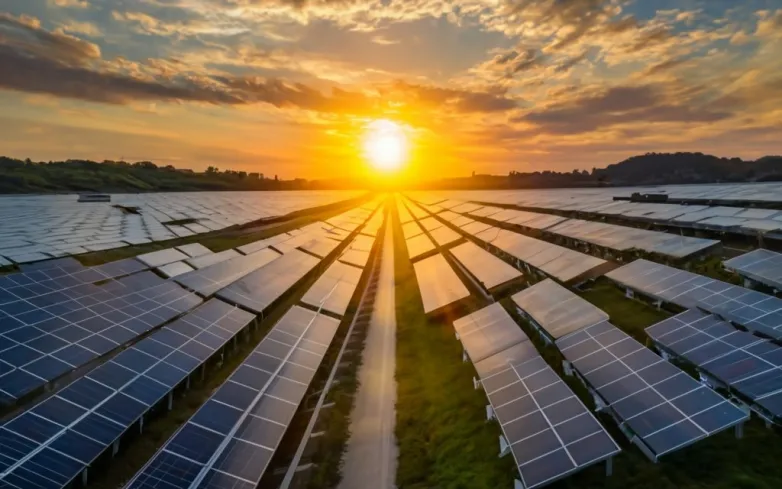Flow Power plans 100-MW/200-MWh battery to strengthen New South Wales grid
- Australia’s Flow Power will build a 100-MW/200-MWh battery in New South Wales, providing peak support, fast frequency response, and local reliability gains.

Australian retailer and renewables player Flow Power has announced plans for a 100-MW/200-MWh battery energy storage system (BESS) in New South Wales, adding two hours of flexible capacity designed to firm evening peaks, monetize frequency markets, and reduce curtailment of daytime solar. The project slots into the National Electricity Market’s (NEM) pivot from pure megawatt additions to time-shifting and grid-forming capability.
Technically, expect containerized lithium-ion blocks with sectionalized fire safety, off-gas detection, and robust thermal management suited to Australian summers. Grid-forming inverters will supply synthetic inertia, frequency-watt response, and voltage control under evolving AEMO standards, while a supervisory controller co-optimizes energy arbitrage with contingency FCAS and maintains state of charge for high-value events. Siting at a strong node will maximize locational value and minimize connection risk.
For Flow Power’s retail customers, the asset is more than a trading book. It can hedge supply obligations, support firm-priced green power offers, and integrate with demand-response programs that shift flexible loads into low-price hours. Over time, portfolio orchestration—utility-scale batteries plus behind-the-meter assets—can deliver quasi-firm supply shaped to customer profiles, a growing requirement for data centers and energy-intensive manufacturers.
Procurement discipline will determine schedule: early reservations for transformers, MV switchgear, and protection systems are critical as long-lead equipment still sets timelines. Standardized EPC playbooks and modular substation designs can compress construction, while staged energization brings portions of capacity to market sooner.
Community measures are table stakes: traffic and noise management during build, acoustic treatments, landscaped buffers, and emergency-response coordination with local fire services. End-of-life plans that prioritize recycling of battery modules and balance-of-system components are increasingly central to financing.
As rooftop and utility solar deepen the NEM’s midday troughs, two-hour batteries like Flow Power’s help bridge the dusk ramp and provide instantaneous stabilizing services. The project won’t eliminate volatility on its own, but it adds a controllable block of capacity that makes every installed megawatt of renewables more valuable.
Also read


